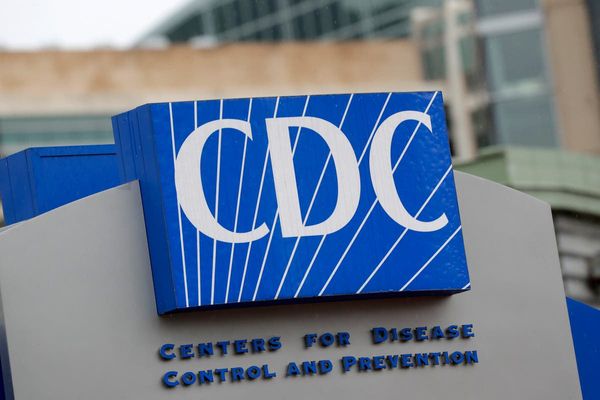
Australia's ability to fight off a deadly strain of avian influenza will be put to the test in a bid to keep a global outbreak ripping through animal populations overseas at bay.
No cases of H5N1 avian influenza have yet been detected in Australian animals but there are concerns it could cause significant damage to native wildlife and poultry.
Billions of animals are believed to have died in the global outbreak, with 1.6 million poultry birds dead or culled from mid July to mid August alone, according to the World Organisation for Animal Health.
Australia is currently the only continent without an outbreak of H5N1 but there are fears it could enter through migratory birds.
On Sunday, leaders in emergency management, health, the environment, animal welfare and poultry producers are joining forces for a series of exercises examining how the nation would act on a rush of local cases.
They'll also put international responses under the microscope and have promised to make recommendations from the review public.
The only recorded case of H5N1 in a human in Australia has been a two-year-old girl who was in intensive care for a fortnight after returning from India in March 2024, according to the World Health Organisation.
But outbreaks of two other strains of avian influenza have already rocked Australia's poultry industry this year, with more than 1.3 million meat and egg-producing birds culled in NSW and Victoria.

Minister for Agriculture, Fisheries and Forestry Julie Collins described the situation as "dynamic" as she highlighted concerns about the impact to wildlife, threatened species and agriculture.
"While we can't stop the natural migration patterns of wild birds that may be sick, we can prepare ourselves if that does occur by ensuring we are working together in this national effort to protect Australia," she said.
Health minister Mark Butler said it was important to remember most strains did not easily spread to humans.
"It's important people are aware human infections of avian influenza are rare – and the current risk to the Australian population remains very low," he said.
"When there are human cases, they typically occur after a person has had close contact with sick birds and livestock or contaminated environments. Poultry workers are most at risk."
Members of the public have been urged to minimise any risks by not having any contact with dead or sick wild birds and immediately reporting any deaths to authorities.










